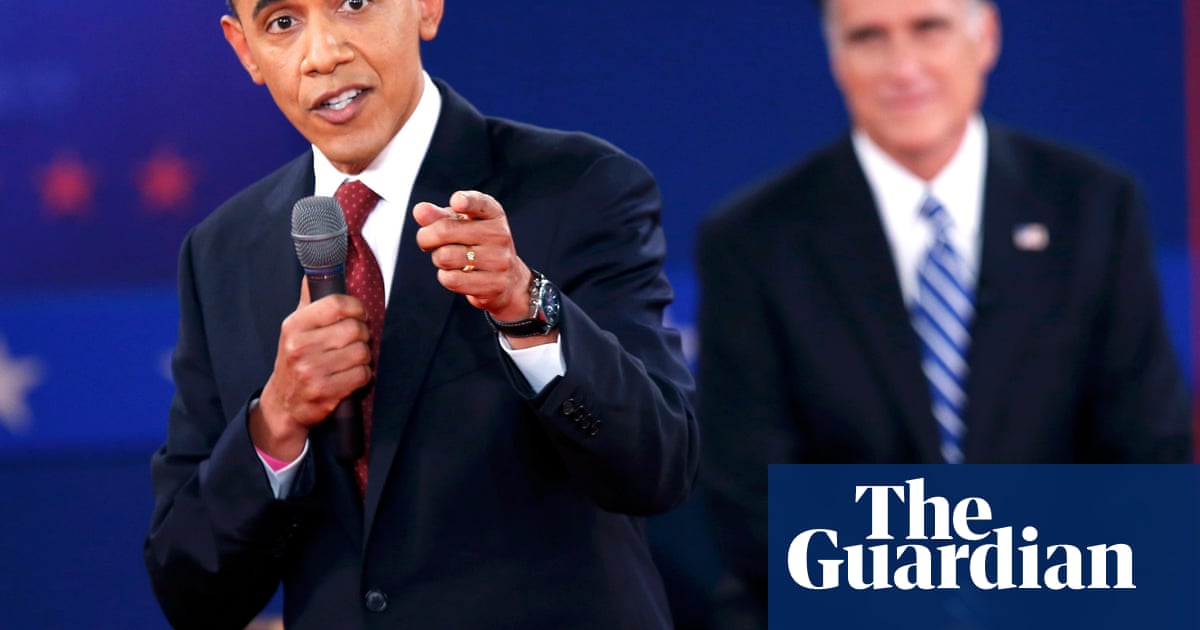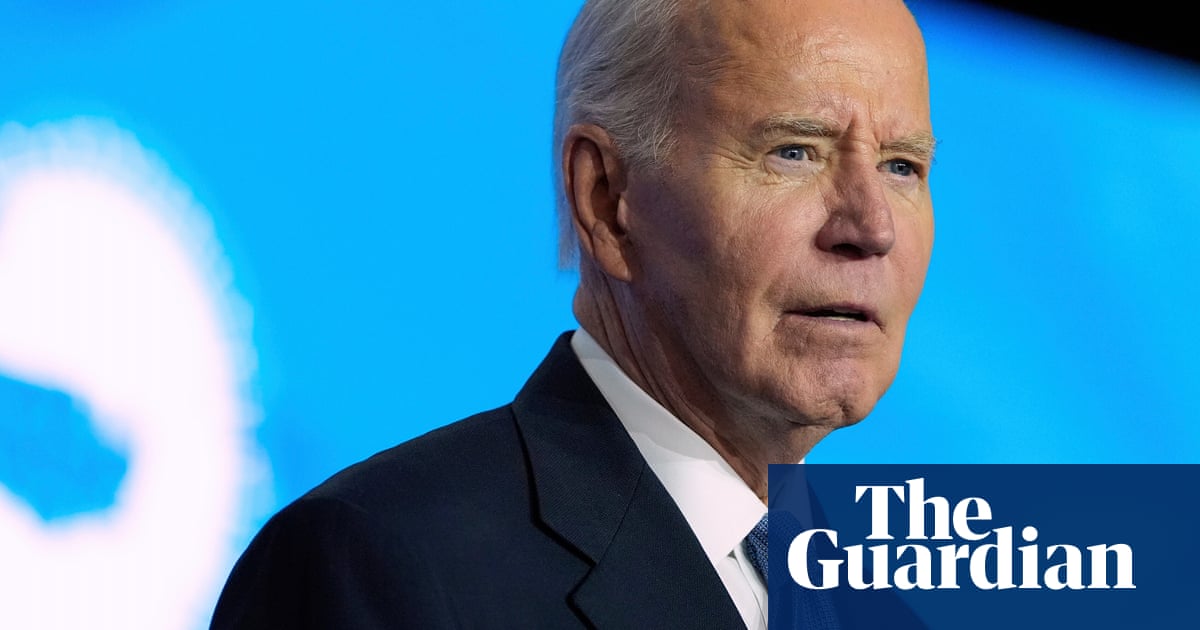Stock markets across the world fell heavily on Monday after Donald Trump suggested that new tariffs he is expected to announce this week would hit “all countries”.
Shares fell across Asia-Pacific markets and in Europe after the US president crushed hopes that “reciprocal tariffs” expected on Wednesday would only target countries that have the largest trade imbalances with the US.
Trump told reporters on Air Force One: “You’d start with all countries. Essentially all of the countries that we’re talking about.”
Those tariffs on imports into the US are due to be announced on Wednesday, which has been labelled “Liberation Day” by Trump.
On Monday, the threat of a deepening trade war spooked investors. In Toyko, Japan’s Nikkei index lost 4% and South Korea’s Kospi fell 3%.
The wave of selling swept into European markets as well – the UK’s FTSE 100 fell 1.3% to a two-week low, and Germany’s DAX and France’s CAC both lost 2%.
“A selling wave is sweeping across global markets,” said Jochen Stanzl, the chief market analyst at CMC Markets. “The tariffs imposed by the US government and the fear of new announcements as early as Wednesday are creating a bleak atmosphere on trading floors worldwide.”
Traders in New York are bracing for losses when Wall Street opens. The S&P 500 index is on track to fall about 1%, according to the futures market.
Gold hit a record high of $3,128 (£2,416) per ounce, as investors rushed into safe-haven assets before Trump’s latest tariffs.
Economists fear that adding tariffs on imported goods will push up US inflation as importers pass on costs to customers, and also hurt confidence. Data last Friday showed consumer sentiment across America had fallen sharply this month, to its lowest level since 2022, knocking shares in New York.
Goldman Sachs has now raised its estimate for the probability of a US recession during the next 12 months to 35%, up from 20% previously, and warned that this would typically lead to further losses on Wall Street.
“The historical equity market recession playbook implies a roughly 25% S&P 500 drawdown from the recent market peak. If followed, this pattern would suggest a further 17% drawdown from today’s price to a trough level of roughly 4,600,” Goldman analysts told clients.
The Swiss bank UBS has cut its forecasts for where the S&P 500 index of US stocks will end the year, from 6,600 points to 6,400.
after newsletter promotion
However, Mark Haefele, the chief investment officer at UBS Global Wealth Management, added: “This also means that there is still meaningful upside for broad US equities by year-end, in our view.”
Trade war fears have hurt markets during March, a month in which Trump announced new 25% tariffs on auto imports. An index of global stocks produced by MSCI has fallen by 4.5% this month, with one day to go, its worst monthly performance since September 2022.
The US dollar has also had its worst month in more than two years, having dropped by 3.5% against a basket of other currencies during March.
Over the weekend, Trump said he “couldn’t care less” if US carmakers raised their prices because of the new tariffs.
Stephen Innes, a managing partner at SPI Asset Management, said money managers worldwide were “de-risking” portfolios or simply sitting on their hands.
“Investors aren’t just reacting to the initial auto tariff volley and the unknowns around reciprocal tariffs – the real jitters stem from the potential second-order effects of a drawn-out trade war: slower global growth, crimped capex [capital expenditure], and waning consumer confidence. The unknown tariff rubric is simply applying the angst,” Innes said.

.png) 1 month ago
27
1 month ago
27

















































